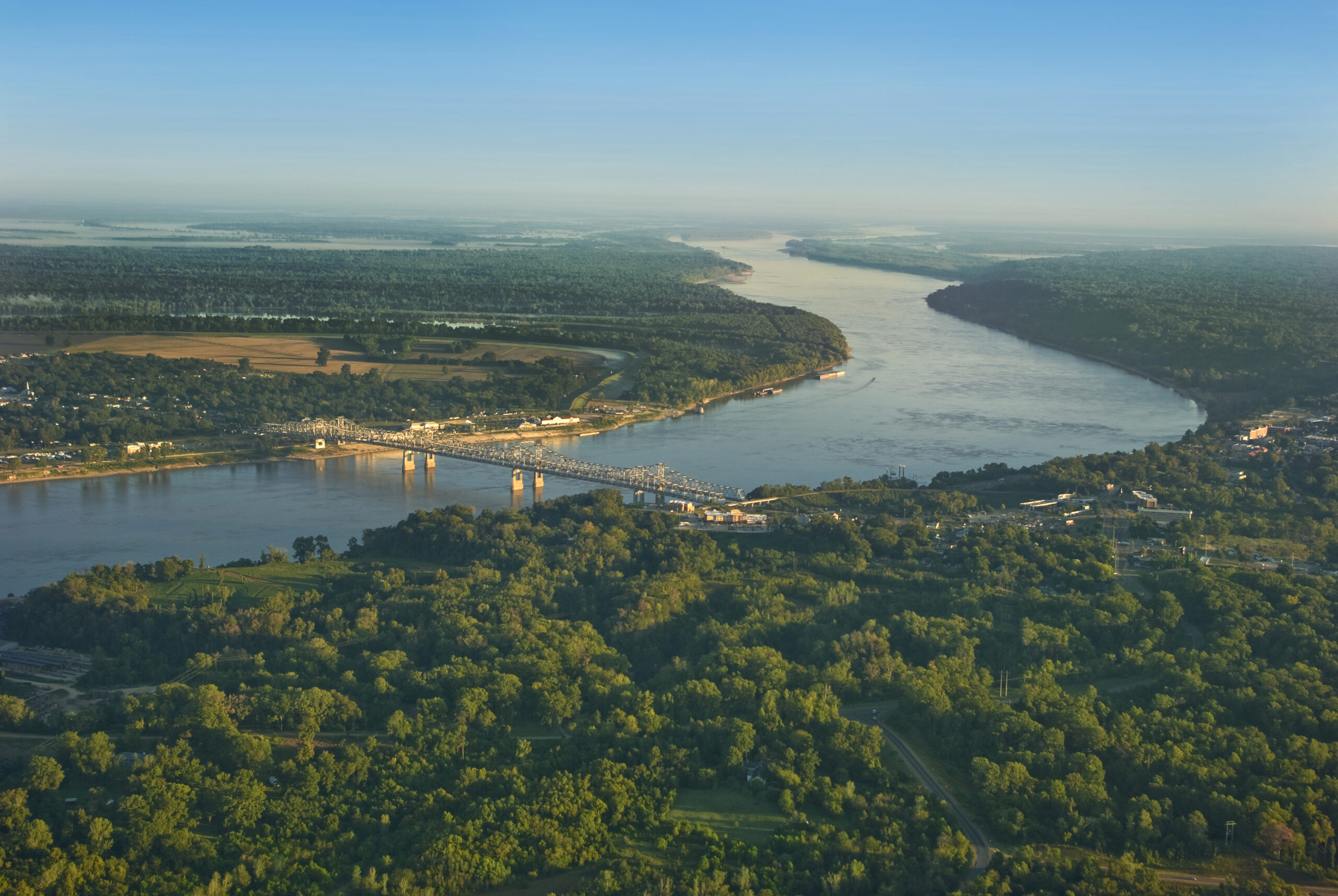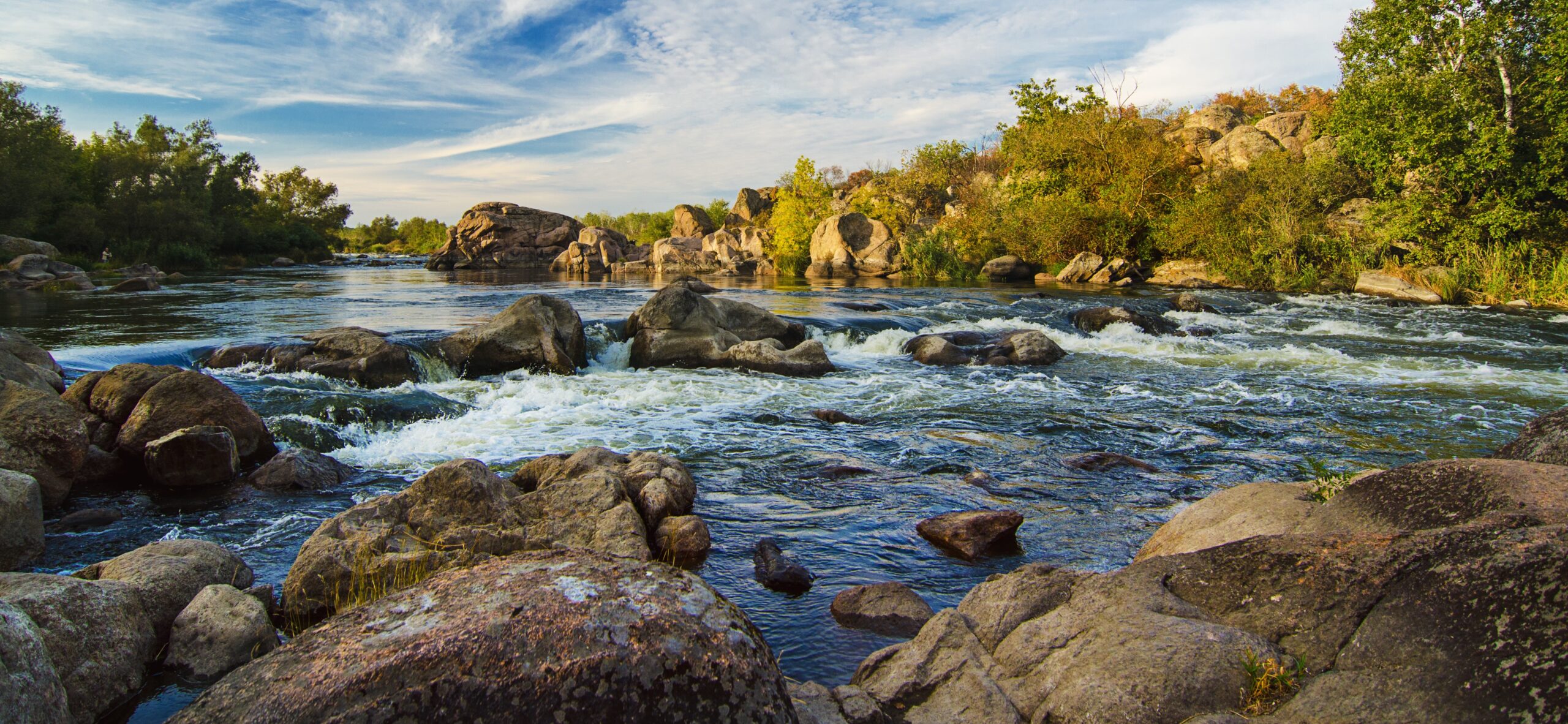
Fact Sheet
The Mississippi River Restoration and Resilience Initiative (MRRRI)
Overview
The Mississippi River is an important ecological, economic, and cultural resource that is in severe decline. Despite the river’s value to the communities and wildlife throughout the nation, fundamental changes to the river, its floodplain, and coastal wetlands have led to more flooding, less wildlife, fewer jobs, reduced recreational opportunities, and higher costs for keeping communities safe and ensuring that they have clean drinking water. The Mississippi River Restoration and Resilience Initiative (MRRRI) would create a framework to help reverse the decline of the Mississippi River.
Key Points
Key Point 1
The Mississippi River supplies drinking water to more than 20 million people in 50 cities, drives a vibrant recreation-based economy that generates nearly $500 billion in annual revenue, and supports more than 780 species of fish and wildlife. (Conservation Federation of Missouri)
Key Point 2
Polluted runoff has drastically reduced water quality and created a massive dead zone in the Gulf of Mexico. (Restore the Mississippi River Delta)
Key Point 3
MRRRI would provide resources to improve the health and resilience of the River system for communities, wildlife, and the economy by filling a clear gap in our nation’s regional restoration initiatives.
MRRRI Key Components
Modeled after the successful Great Lakes Restoration Initiative, The Mississippi River Restoration and Resilience Initiative (MRRRI) would create the interstate framework needed to reverse the decline of the Mississippi River by working to:
- Improve water quality by reducing the levels of polluted runoff, excess nutrients, and sediments from entering the river system;
- Improve community resilience by restoring riparian ecosystems to a state in which they can minimize flood and storm risks;
- Restore wildlife habitats along the Mississippi River through methods such as reducing the spread of aquatic invasive species in the river system;
- Prioritize these efforts to relieve the disproportionate impacts of the river’s degradation felt by communities of color, rural communities, and economically disadvantaged communities.
The MRRRI budget would deliver funding to projects in the mainstem Mississippi River States, including through grants to states and local governments. The Environmental Protection Agency (EPA) would work in close collaboration with relevant Federal agencies, States, Tribes, local government, and non-governmental organizations to develop the MRRRI Action Plan and identify funding recipients.

Empower State Environmental Champions
Your donation funds the fight for equitable actions that protect the environment and our health.
Donate